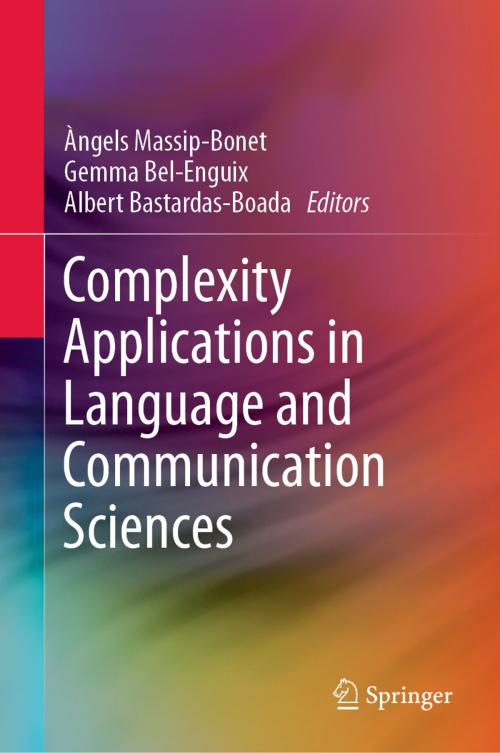Complexity Applications in Language and Communication Sciences
Nonfiction, Reference & Language, Education & Teaching, Teaching, Language Experience Approach, Language Arts, Linguistics| Author: | ISBN: | 9783030045982 | |
| Publisher: | Springer International Publishing | Publication: | January 11, 2019 |
| Imprint: | Springer | Language: | English |
| Author: | |
| ISBN: | 9783030045982 |
| Publisher: | Springer International Publishing |
| Publication: | January 11, 2019 |
| Imprint: | Springer |
| Language: | English |
This book offers insights on the study of natural language as a complex adaptive system. It discusses a new way to tackle the problem of language modeling, and provides clues on how the close relation between natural language and some biological structures can be very fruitful for science. The book examines the theoretical framework and then applies its main principles to various areas of linguistics. It discusses applications in language contact, language change, diachronic linguistics, and the potential enhancement of classical approaches to historical linguistics by means of new methodologies used in physics, biology, and agent systems theory. It shows how studying language evolution and change using computational simulations enables to integrate social structures in the evolution of language, and how this can give rise to a new way to approach sociolinguistics. Finally, it explores applications for discourse analysis, semantics and cognition.
This book offers insights on the study of natural language as a complex adaptive system. It discusses a new way to tackle the problem of language modeling, and provides clues on how the close relation between natural language and some biological structures can be very fruitful for science. The book examines the theoretical framework and then applies its main principles to various areas of linguistics. It discusses applications in language contact, language change, diachronic linguistics, and the potential enhancement of classical approaches to historical linguistics by means of new methodologies used in physics, biology, and agent systems theory. It shows how studying language evolution and change using computational simulations enables to integrate social structures in the evolution of language, and how this can give rise to a new way to approach sociolinguistics. Finally, it explores applications for discourse analysis, semantics and cognition.















